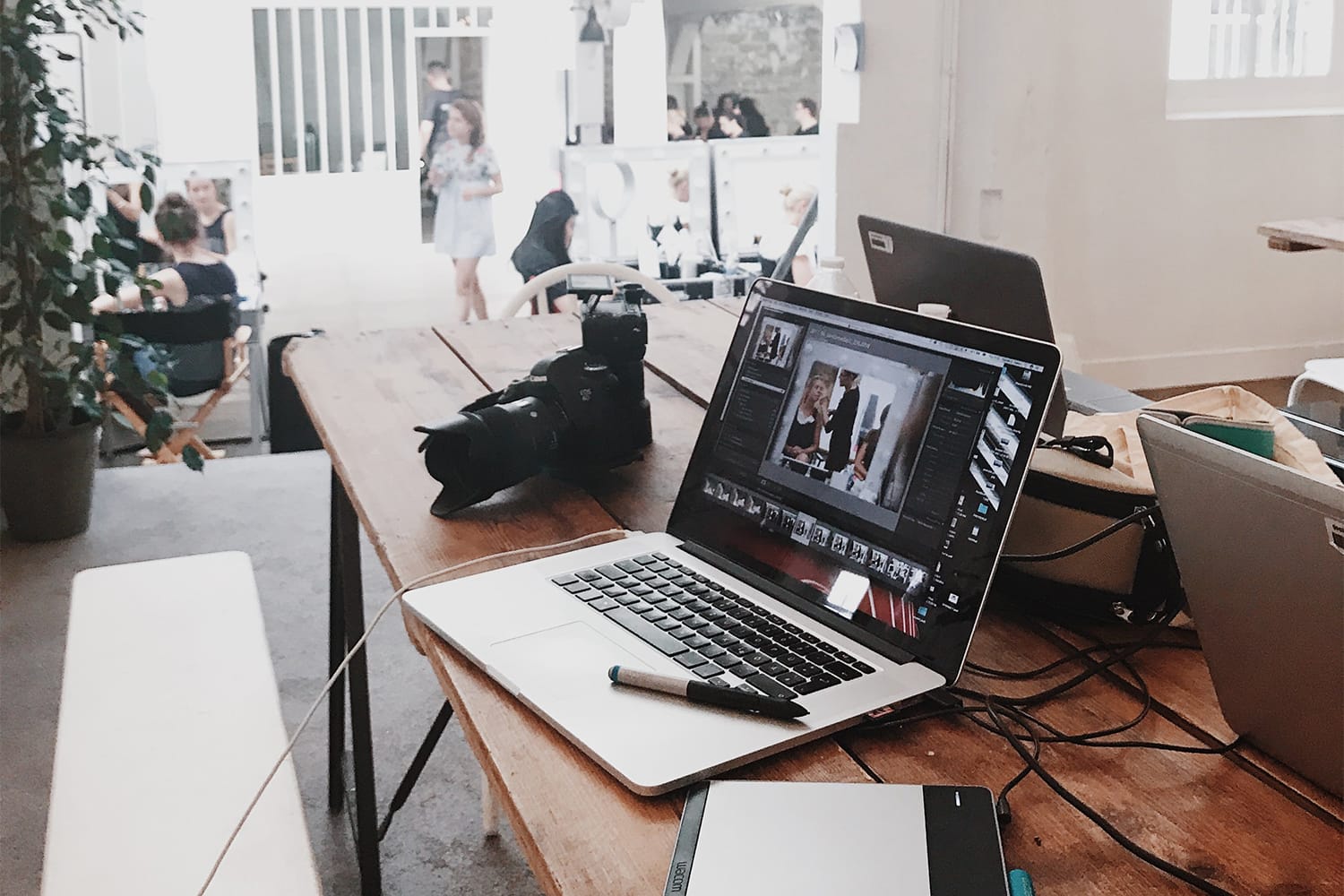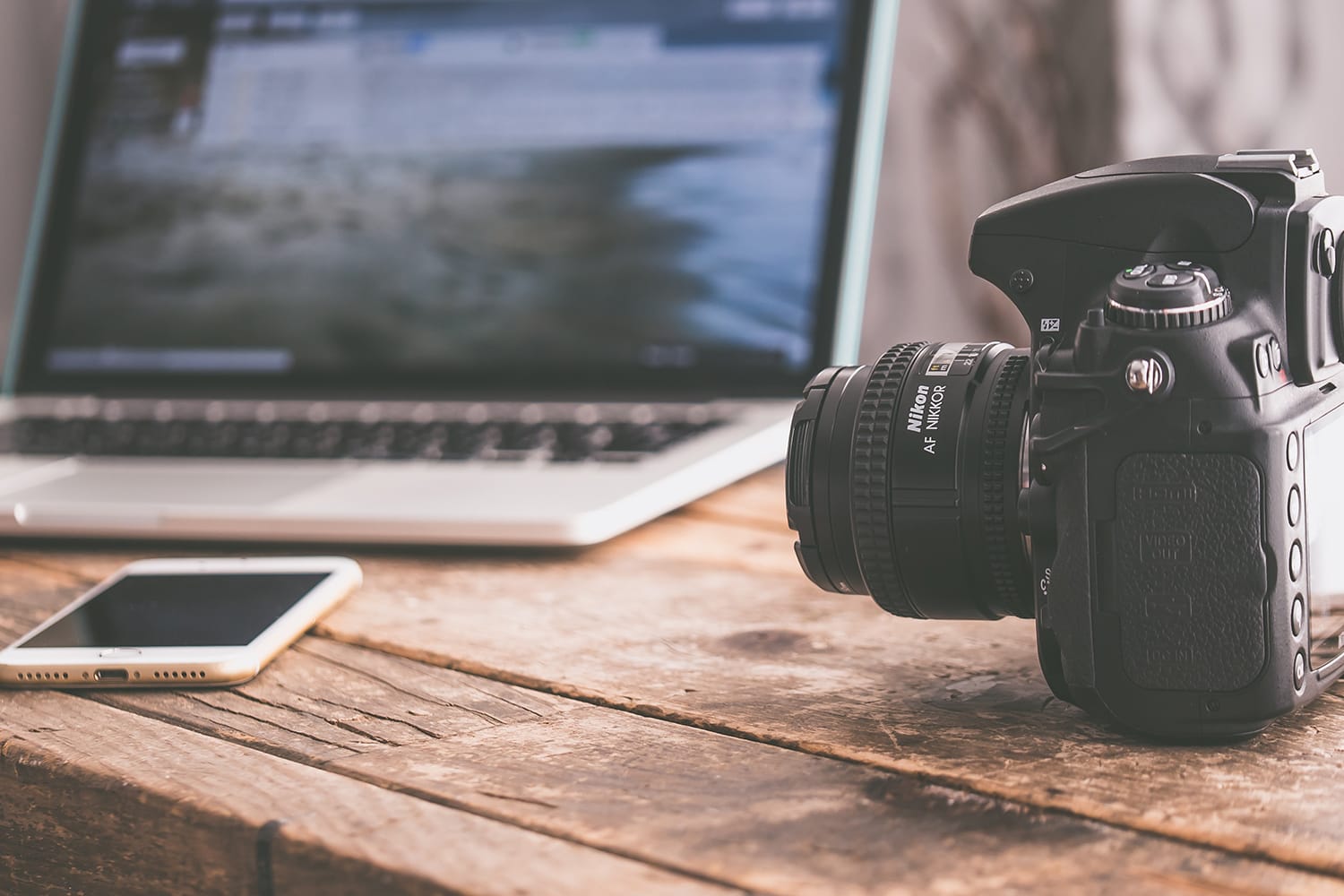Photography Brief 101: What is a Photography Brief?
If you’ve done commissioned work, you would already have come across the term “photography brief”. This is what you and your client rely on to make sure that both parties are in agreement with what the photoshoot needs and expects.
Without a photography brief, it would be difficult to ensure the success of a commissioned work – both professionally and creatively.

What is a Photography Brief? Why is it Important?
Generally, a brief is a summary that specifies the photoshoot objectives, facts, and other details. It gives the photographer and the client an overall view of the plan and project. On the part of the client, it helps them state what they really want to achieve with the project and for the photographer to understand what his or her role is.
On the part of the photographer, the brief is a primer on what needs to be done or accomplished. What kind of creative output is needed? How creative can one get? What kind of technical equipment should be used? What or who is the client’s target audience? How does the client want the brand to be seen by this audience?
On the business side, the brief will help clarify issues, like budget. It will also validate the importance of the project as an investment.
In other words, a photography brief is a summary of agreements and requirements between the client and the photographer. This piece of document is what will ensure the success and effectiveness of the shoot, campaign, or project.
The most common details found in a photography brief include the date and time of the shoot, the location, the turnaround time or schedule of delivery, and the price (rate / talent fee). Other essential information include the objectives and creative goal of the shoot (i.e. for a brand, the goal is, of course, to make consumers want to try and buy their product) and the theme or motif of the shoot (example: Halloween theme).
A photography brief will also help the photographer understand the brand, model, or company (represented by the client) better.
Without the photography brief, ensuring the smooth flow of the project will be difficult. And the client and photographer may not be in sync with each other, especially in terms of creative and business goals.

How to Prepare / Make a Photography Brief?
There are several points that need to be emphasized in a photography brief. This guide will help you.
1. List the goal or goals of the project.
As previously stated, stating the goal of the project is important for both the client and photographer. For the client, enumerating the goal will help pinpoint the reason why the project is vital. For the photographer, the goal will help answer several questions: what should the audience see and feel the first time they see the photos?
- Should the photos inspire the audience?
- Should it make them reflect or think about particular issues?
- Or should the photos simply sell the brand and entice the audience to buy?
- How should the photographer make the subject or model appear?
- Should the image be colorful or will a minimalist look do?
After laying down goals, the client and photographer should find time to sit down and talk (by call, e-mail, or in person) to make sure that all areas are properly understood and covered.
2. Identify the target audience.
For whom is the project? Or who are the target viewers of the photos? Knowing the scope and kind of audience a project is expected to have will help photographers come up with creative ideas that suit the goals and objectives of the photoshoot.
3. If there are models in the shoot, specify the roles of each one.
For projects that have models, it is vital to get a model release form first before the shoot. This is an agreement between the models and the photographer that contains the purpose of the project, the responsibilities of the two parties involved, and other valuable details, including privacy and safety-related issues particularly on the part of the models.
Likewise, the photographer should specify to the model what his or her role is in the shoot. This will help determine what kind of outfit, hairstyle, and makeup are needed. This will also help the photographer plan the scenes.
4. What are the technical details of the shoot?
The photography brief should include information that will help the photographer prepare the right equipment and tools. Are the images going to be posted online or printed in large billboards? Will they come out on social media? These details should be shared to the photographer, as this will determine the kind of camera, lens, and lighting to be used.
5. Lay out details of the photoshoot.
This is where the date, time, location, and other shoot details are enumerated. If the location is not a familiar one, it can help if a sketch or a Google Map of the place is attached.
If it is going to be an outdoor shoot, it should be clearly specified so everyone involved can prepare. And if the weather is bad, include an alternative indoor location for the shoot.
All these details will give the photographer an idea of what to expect in terms of the lighting, the general technical set up, and surroundings, among others.
6. Where will the images be used?
The photography brief should state where the images would be used. This way, the photographer will not wake up one day and be surprised to see his photos in the dailies.
List the venues (or media) where the images are expected to come out. The length of exposure (how many days or weeks) should be indicated as well.
If the images are to be used outside of the project, a different agreement should be drawn up for this. The photographer has the right to charge a fee for exposures outside of the agreed venues indicated in the brief.
7. Indicate the budget and turnaround time.
Finally, indicate the budget for the project, including the payment procedure. Will the fee be paid in cash, or will it be deposited to the photographer’s account? Will it be one payment in the full amount or will it be divided into two equal payments?
Along with the budget, clearly indicate the turnaround time of the project. This is when all the final (edited) images should be submitted to the client. Include details like what file type the images should be and where they should be delivered: online via Google Drive or Dropbox, or would you rather get the photos personally? Will a 34GB USB be enough for all the photos?
After all of these details are listed in the photography brief, find at least two witnesses to sign the brief. The client and photographer should also freely affix their signatures to the agreement.
Conclusion
The photography brief is a valuable document for every photographer who enters into an agreement with a client. Nobody should go on a project without one – unless it is all right for you to be robbed of your professional and creative right as a photographer.
